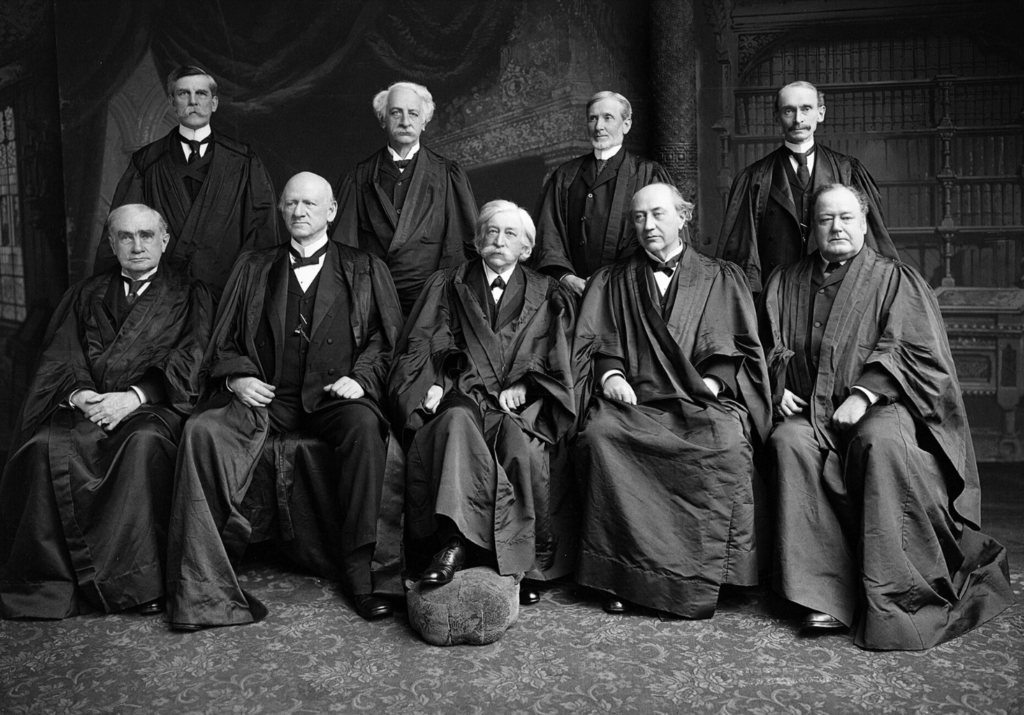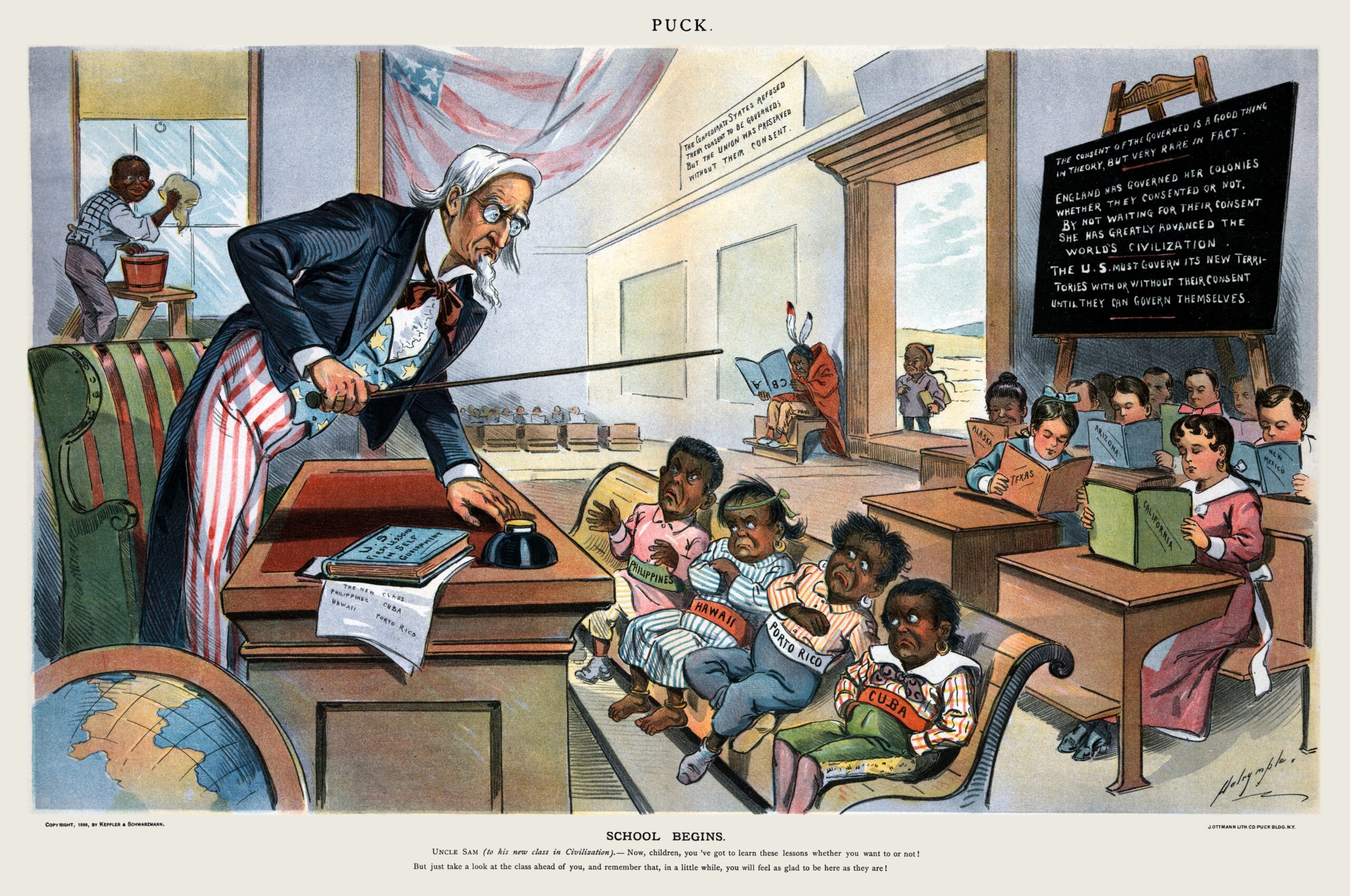In a public lecture on Saipan in the Northern Marianas years ago, local historian Don Farrell delved into the complexities of reunification of the Marianas citing as sticking point both Guam’s and Northern Marianas’s status as “unincorporated territories.”
However, Farrell emphasized that the Northern Marianas has taken a step forward by establishing a mutually agreed-upon political status with the United States, a move beyond Guam’s unilateral action through the Organic Act. He noted Guam’s unsuccessful attempts to seek a political status similar to the Marianas, stressing the need for Guam to become a commonwealth with its constitution before discussions on reunification can resume.
Farrell placed the responsibility on Guam, stating, “The ball is really in Guam’s court.” Once Guam determines its political status and creates its constitution, discussions on merging the two commonwealths can commence.
Becoming equal Americans: The path to incorporation
Farrell asserted that for reunification to happen, both territories must become “incorporated,” requiring U.S. congressional approval. He outlined two potential avenues for incorporation – a Supreme Court decision overturning insular cases or congressional action nullifying these cases.
Exploring Puerto Rico’s situation and the insular cases, Farrell suggested that a judicial review would be necessary. He underlined that the term “territory” did not exist before the insular cases, and the judges’ interpretations shaped the limitations on inhabitants of unincorporated territories.

Questions and considerations on reunification
Farrell posed thought-provoking questions on the prospects and consequences of reunification. He acknowledged that some believe the time for reunification has passed, with many individuals content with the existing unincorporated status. Additionally, concerns were raised about the institutionalization of separate governments and the potential reluctance of leaders to make necessary sacrifices for a unified government.
Economic expediency and the military factor
Farrell criticized the decision to exclude the Northern Marianas in 1898, describing it as one of America’s greatest foreign policy mistakes. He highlighted the economic inefficiency of maintaining two separate territorial governments for essentially one people.
Touching upon the military aspect, Farrell connected the Department of Defense’s late 1960s plan for a fallback base with political status negotiations. He suggested that a unified Marianas could strengthen negotiations with Washington, D.C., especially concerning military matters.
Farrell acknowledged the legal possibility of reunification but emphasized the need for leadership to navigate the complexities. He highlighted that reunification would trigger debates, including the location of the capital for a unified Marianas, and marked an essential step towards achieving equal and full U.S. citizenship.
In 1898, following the conclusion of the Spanish-American War, under the Treaty of Paris, Spain ceded all claims of sovereignty over the Philippines, Guam, and Puerto Rico to the United States. The treaty also guaranteed Cuba’s independence and the assumption of its $400 million debt by Spain.
The U.S. paid $20 million to acquire the Philippine islands.
Meanwhile, Spain sold its rights over the Carolines (including Palau) and Northern Marianas to Germany, or whatever was left of the Spanish East Indies, for 25 million pesetas or the equivalent of $4.5 million in 1899.













Discussion about this post